Hiroshima and Nagasaki on the cutting room floor
By Thomas Gaulkin | August 5, 2019
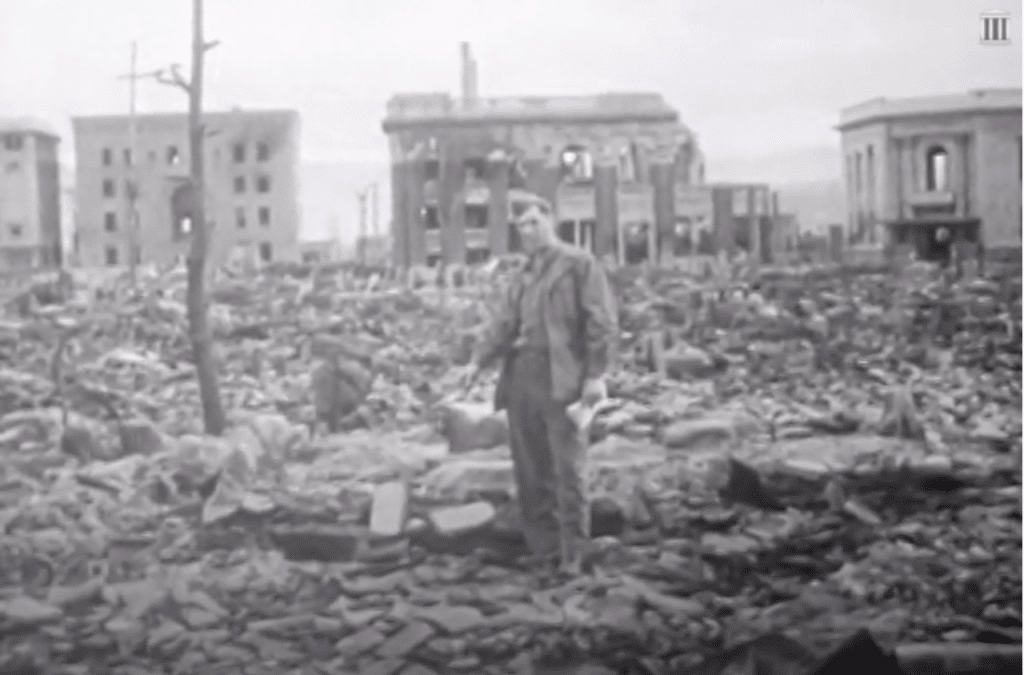 A soldier indicates the "zero point" in Hiroshima, the center of the nuclear explosion on August 6, 1945. From "Tale of Two Cities," a US War Department film.
A soldier indicates the "zero point" in Hiroshima, the center of the nuclear explosion on August 6, 1945. From "Tale of Two Cities," a US War Department film.
Seventy-four years after nuclear weapons were first and last used in war, it can be challenging to conceive of the devastation they cause. But even in the immediate months after the atomic bombs were dropped on Hiroshima and Nagasaki in August 1945, news accounts offered a view of ingenuity and destruction that often elided the human cost.
The newsreels below were mainly screened to audiences in 1946 and 1947 and detail the destructive force of the explosions almost entirely through excited accounts of the structural damage to the cities. There’s occasional mention of the lost city populations and the scientific knowledge to be gained from studying their casualties, but hardly any description of what people actually suffered, let alone personal accounts. It’s instructive to look at and listen to these reports today, and contemplate what is missing.
The 12-minute reel below was produced by the US War Department in 1946. “Tale of Two Cities” makes selective use of film that was confiscated from a Japanese filmmaker, Akira Iwasaki—though you wouldn’t know that from the narration, which boasts that “army cameramen have found and filmed pictorial evidence that tells in twisted steel and stone the effect of death-dealing atomic power.” (Some twenty years later, historian Eric Barnouw obtained more of Iwasaki’s footage and produced a remarkably different narrative that documented the horrible physical impact of the attacks on Hiroshima’s citizens.)
Contrasted with the triumphant tone of the news/propaganda made for 1940s audiences, silence changes everything. Made public only decades later, the two films below—one beginning with footage of wounded victims, the other, a full-color glimpse of survivors picking up the pieces of the ruined city—report what those above do not, without a single word.
Publication Name: Bulletin of the Atomic Scientists
To read what we're reading, click here
Together, we make the world safer.
The Bulletin elevates expert voices above the noise. But as an independent nonprofit organization, our operations depend on the support of readers like you. Help us continue to deliver quality journalism that holds leaders accountable. Your support of our work at any level is important. In return, we promise our coverage will be understandable, influential, vigilant, solution-oriented, and fair-minded. Together we can make a difference.
Share: [addthis tool="addthis_inline_share_toolbox"]


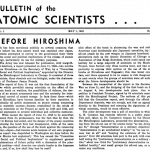
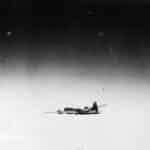
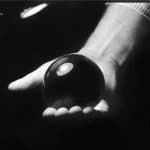
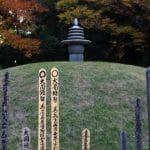
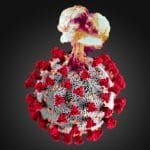








There is one simple reason why there was no interest (at that time period) for the human side of the Hiroshima and the Nagasaki bombings. They ended World War II in the Pacific and our troops came home. Life was finally moving forward again. Does that sounds heartless? Yes it does, but we cannot expect that our present day viewpoints and feelings should have been present in the years immediately following the war. Many scientists during that time period believed the atomic bombings were not necessary to obtain the surrender of Japan. Their voices were not heard. Many individuals today… Read more »
You misrepresent reality. Newsreels produced for US audiences in 1946 and 1947 could not be expected to provide descriptions of what people actually suffered due to the US bombings of Japan. It was too soon. Also consider the logistical challenges of competing priorities, as General MacArthur served to help Japan rebuild. I am struck by the somber note of the films rather than what the author of this article describes as triumphant propaganda. It was a terrible war, with great loss of life. Of course there was rejoicing once peace was restored and POWs returned home! David Wargowski’s comment is… Read more »
A prominent Korean-American physicist once told me he or she was very glad the US used nuclear weapons on Japan because it got the Japanese out of her country. Their rule was not kind, to say the least. Whether justified or not, that was the feeling at the time.